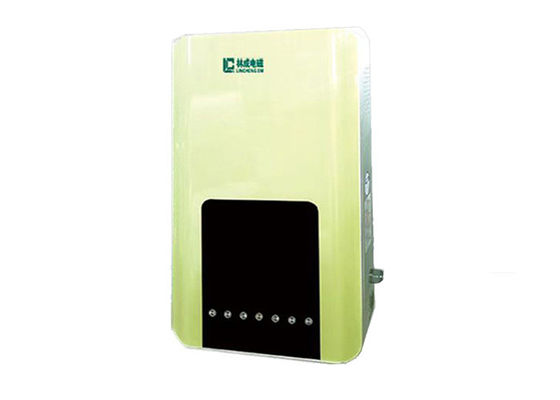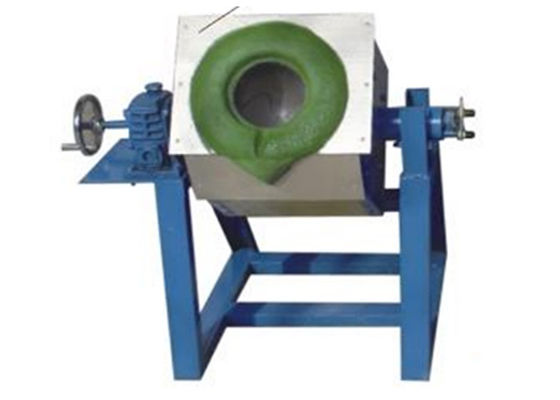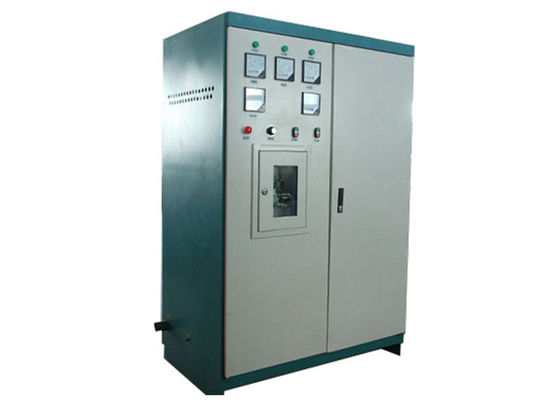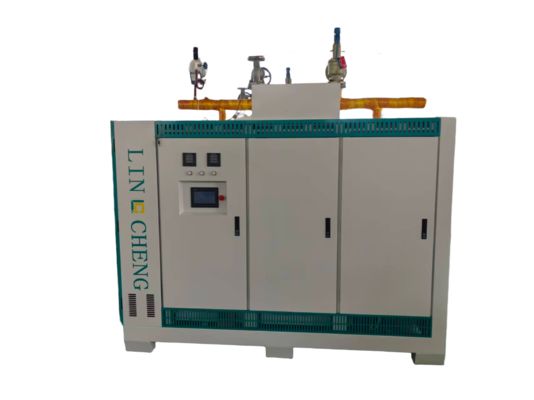1. Defining Basic Requirement Parameters
Before selecting a medium frequency melting furnace, three core parameters must be confirmed: daily production capacity, metal material, and power supply conditions. For example, if a foundry needs to handle 5 tons of molten steel daily, it should choose a model with a power rating ≥1000 kW. Interestingly, 30% of selection errors stem from misjudging actual production capacity.
2. Comparative Analysis of Five Selection Dimensions
Our team found in a 2024 case study that equipment using IGBT inverters had a 42% lower failure rate than thyristor-based equipment, although the initial investment was 25% higher.
3. Step-by-Step Selection Guide
Step 1: Calculate Melting Capacity
Using the formula: Required Power = (Metal Specific Heat Capacity × Temperature Rise × Weight) / (860 × Thermal Efficiency × Time)
For example, melting 1 ton of steel from 25°C to 1600°C requires: (0.12 × 1575 × 1000) / (860 × 0.85 × 1) ≈ 258 kW
Step 2: Determine Frequency Range
⚠ Warning: Incorrect frequency selection leads to uneven heating!
-
Cast iron/Cast steel: 150-1000 Hz
-
Copper alloys: 500-2500 Hz
-
Aluminum alloys: 1000-4000 Hz
Step 3: Evaluate Power Supply Conditions
Confirm transformer capacity meets: Equipment Power × 1.3. Counter-intuitively, a 600 kW device at 380V requires an 800 kVA transformer.
Step 4: Check Cooling System
Although closed-loop pure water cooling systems cost 15% more, they can reduce the risk of pipeline blockage by 80%. Specifically, water resistivity should be ≥20 kΩ·cm.
Step 5: Verify Safety Configurations
Must include triple protection: water temperature, water pressure, and furnace leak detection. A factory accident in 2023 involving molten steel leakage was due to lack of a furnace leak alarm.
4. Common Selection Misconceptions Warning
⚠ Warning: Avoid blindly pursuing high power!
-
Excessive power increases electricity consumption and accelerates lining erosion.
-
Insufficient power prolongs melting time,反而 increasing oxidation loss.
-
It is recommended to maintain only a 10-15% power margin.
5. Optimization Solutions for Different Scenarios
Precision Casting: Prioritize fully automatic PLC control + ±5°C temperature accuracy.
Batch Production: Focus on high power density + quick furnace change structure.
Alloy R&D: Emphasize power adjustment range (30-100% stepless regulation).
Selection Checklist
□ Accurately calculated daily melting tonnage
□ Confirmed raw material type and melting point range
□ Verified transformer capacity and supply voltage
□ Evaluated equipment installation space dimensions
□ Validated cooling water source quality parameters
□ Compared after-sales response times of different brands
Budget Planning Suggestions
Beyond the equipment itself, also reserve funds for:
-
Installation and commissioning fees (8-12% of equipment cost)
-
Spare parts reserve fund (5% of equipment cost)
-
Energy costs (based on local industrial electricity price × estimated annual consumption)
Frequently Asked Questions (Q&A)
Q1: Is a higher power medium frequency furnace always better?
A: No. Excessively high power can reduce lining lifespan by over 25%. Selection should be based on scientific calculation of actual production needs.
Q2: How to judge the energy efficiency level of the equipment?
A: Check the specific power consumption index. High-quality equipment should consume ≤600 kWh per ton for melting steel.
Q3: What requires special attention during new furnace commissioning?
A: Focus on checking the three-phase current balance; deviation should be controlled within ±5%.
Q4: Which spare parts are essential to keep on hand?
A: Fast-acting fuses, water-cooled cables, and induction coil bakelite posts should be routinely stocked.
Q5: What is the typical equipment service life?
A: Mainstream brands have a design life of 10-15 years, but furnace body components require periodic replacement.

 Your message must be between 20-3,000 characters!
Your message must be between 20-3,000 characters! Please check your E-mail!
Please check your E-mail!  Your message must be between 20-3,000 characters!
Your message must be between 20-3,000 characters! Please check your E-mail!
Please check your E-mail! 









